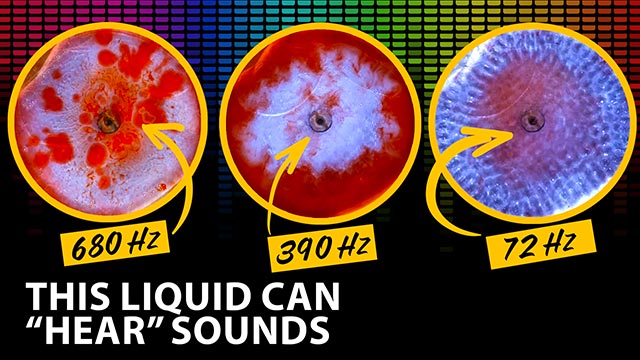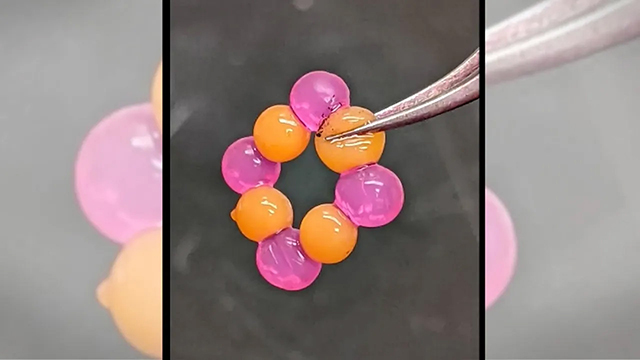The ‘Mona Lisa’ might be the world’s most recognizable painting, but do you know what’s underneath? New research has found a rare, toxic lead compound that da Vinci mixed into the layers under some of his most famous artworks.
Source Article
“X‑ray and Infrared Microanalyses of Mona Lisa’s Ground Layer and Significance Regarding Leonardo da Vinci’s Palette”
Journal of the American Chemical Society
Corresponding author: Victor Gonzalez, Ph.D.
Transcript
You’ve seen the Mona Lisa. But do you know what’s underneath? Scientists looked at the layers in this tiny chip from the corner of the painting along with several chips from the ‘Last Supper,’ also painted by Leonardo da Vinci. They found a special lead compound called “plumbonacrite.” Researchers think that da Vinci mixed lead-based pigment into the base layers of his paintings.
Today, we know that these lead pigments are highly toxic. Da Vinci likely used them to brighten colors or help his oil paints dry faster. Plumbonacrite has been found in later paintings by Rembrandt and Van Gogh. But this is the first time it’s been found in an Italian Renaissance painting.
Da Vinci’s interests across art and science might have inspired the new technique. Just another way in which da Vinci was a true “Renaissance Man!”
To embed this video, please visit YouTube and use the Share function.









